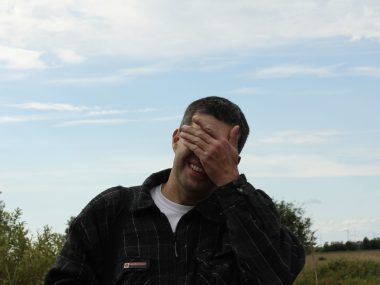In business one of the hardest things about business planning is finding the right strategy. Which approach is the best or optimal way to accomplish the goal? Because of my online businesses I use a Systems Thinking approach with business planning or problem solving. Systems Thinking is a complicated topic but summarizing the principle:
Systems thinking is a framework that is based on the belief that the component parts of a system will act differently when the systems relationships are removed and it is viewed in isolation. The only way to fully understand why a problem or element occurs and persists is to understand the part in relation to the whole.
Systems Thinking gives a more accurate picture of the situation because the person is looking at the entire picture along with the pieces instead of the pieces as single components. It encompasses universal principles that can be applied to almost all areas of life because most things have a cause and effect. A common example presented to students to explain Systems Thinking: A growing city has an increased amount of fires. There are three responses:
- Put out the fire but this does nothing to prevent future fires in the city.
- Put out the fire and look at trends such as where fires are breaking out. If you find that there is an area that is more prone to fires, put up more fire stations in the area. However, you’ve done nothing to prevent future fires so will this solution of creating more fire stations continue to work? No. This is a more expensive bandaid to the problem.
- Put out the fire and while looking at where these fires break out you also look at patterns or trends. What type of warning systems are in place, what type of building materials are used, etc. (the typical things that start a fire). If the safety codes are updated and new warning systems are in place this creates a change in how things happen, reducing the amount of fires.
This is a very simplistic example but it shows the levels people tend to take solving problems. Most people do #1, thinking they resolved the problem but it comes back eventually causing slow or no progress. With #2 one could argue there are more jobs created that boosts the city but that’s not true, it’s draining the city and the solution will not continue to work because cities have limited space, limited money to pay firemen, etc. #2 is the reason why the internet bubbles happen – focus on the wrong thing. It’s why many businesses fail as well.
I’m going to be honest with you (and those that use System Thinking will know this is true), if you give strategy #3 to most people they will say you’re over the top, just put out the fire. Particularly employers/partners because they don’t want to spend the budget, time, etc. on it. However, look at the benefits of #3:
- #3 is the only one that addresses the problem of attempting to reduce the amount of fires.
- By having a lower amount of fires insurance companies will be more profitable, giving home owners more insurance options/security.
- People living in the city will be in a safer environment.
- Safer environments attracts more people to it.
- Safer environments attract more companies to it.
- With a streamlined “system” of fire stations their budget costs will go down or the funds can be used for education, better equipment, etc.
- Companies will have to conform to the new safety guidelines, ensuring a safer place for employees.
- Companies, paying a lot for fire damage, will have more stabilized insurance rates.
- With fires under control the city can look at other areas to improve – and continue to evolve.
Obviously there is a cost to implementing the system (and I’ve simplified it) but in the long run #3 ends up being the least expensive overall, although seeming to be the most complicated when first presented. Three different ways to approach a problem with only one being the one that will work long-term. That is the way it goes with most situations, sure there are always options. But there is usually only one “real” good option and the only way to find it is to look at everything, not just the pieces of the situation. How many times have you been in the position of having to get brakes for your car, you know all four should be replaced but you only have the money to fix one, so you fix the one broken one? You know a problem is lurking ahead – uneven brakes causes a slow ripple effect. When the money is there (some time later) to replace the other three brakes do you know how many people will replace the three older brakes and not replace them all? Problem is still there yet they think they resolved it (yes, Tyme was guilty of doing that smart move).
Want to know why some people seem problem free, or resolve problems efficiently, excel quicker than others, etc.? They use Systems Thinking principles naturally. They see a problem and knock out two future ones while they handle the current one.



Comments are closed.